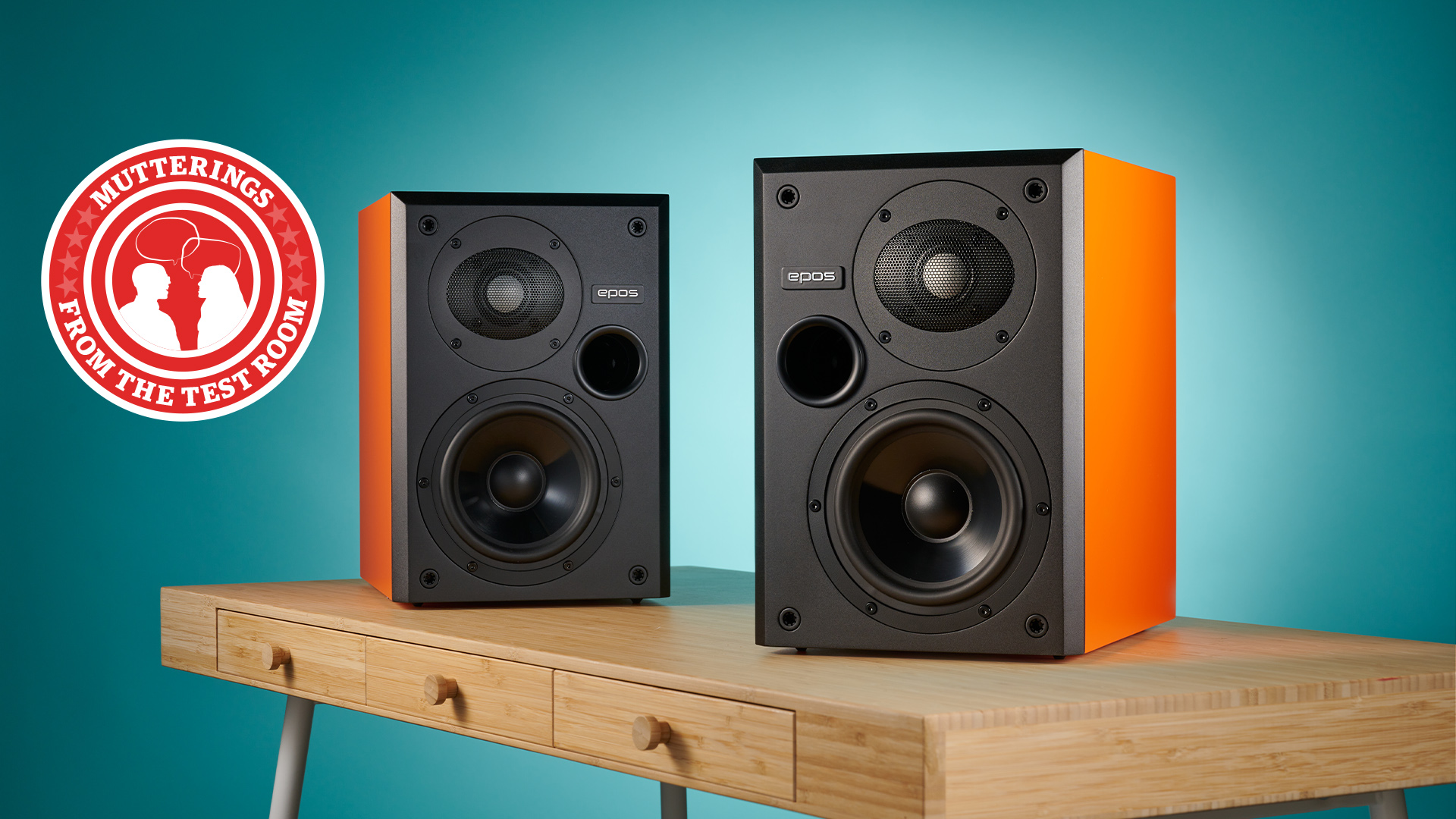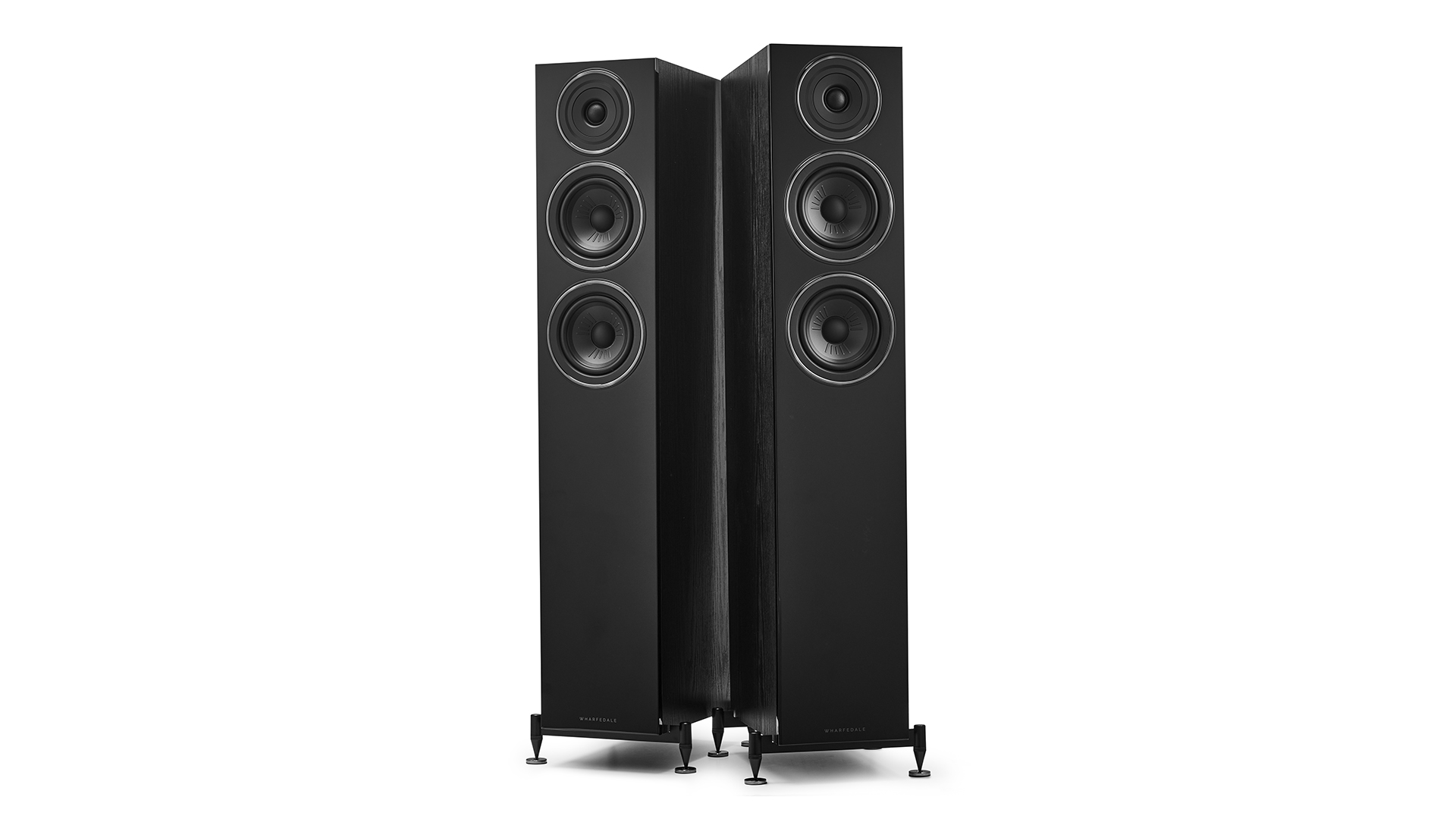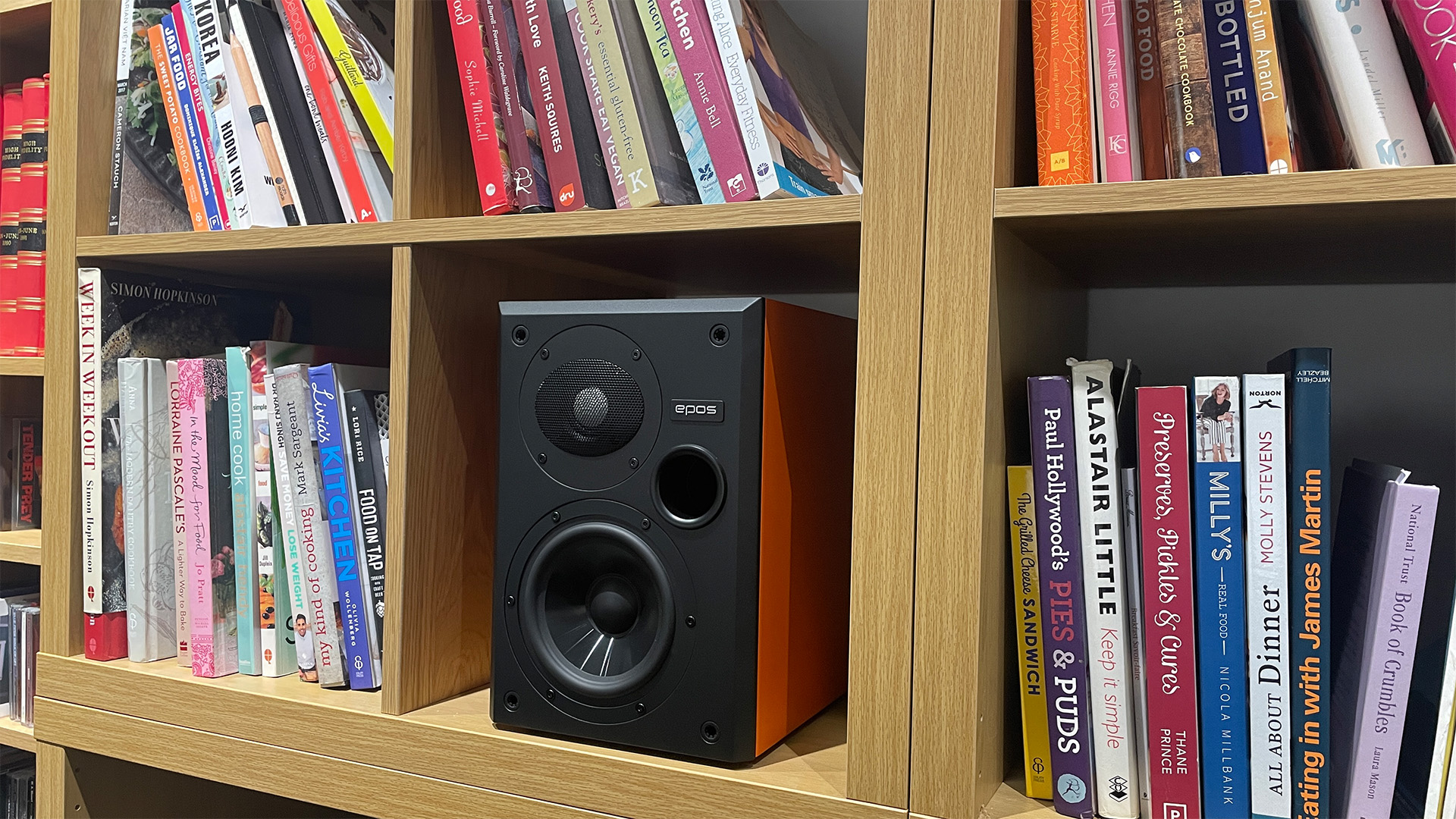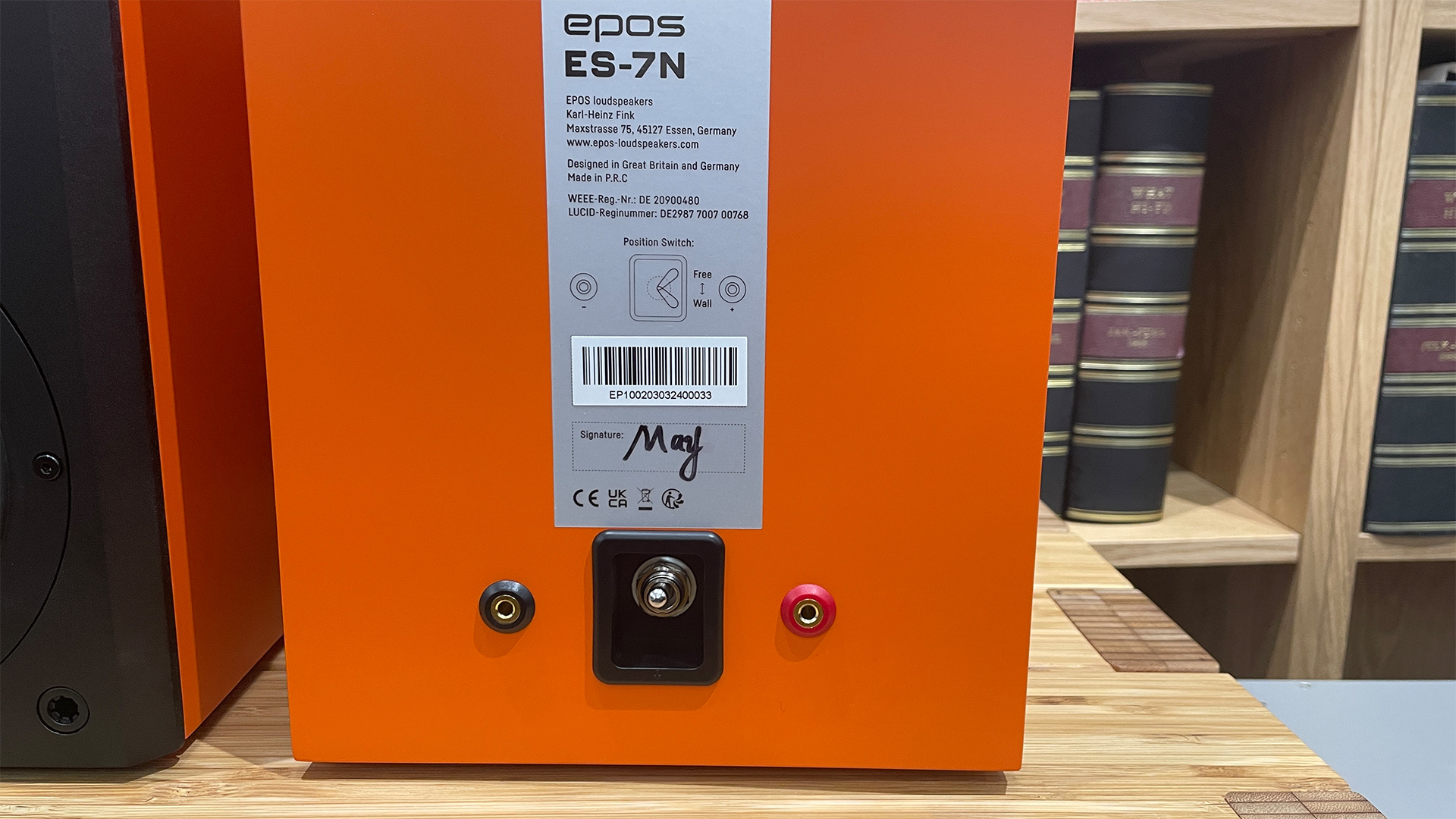
I have been reviewing speakers for more years than I care to remember, but it is my recent experience with Epos’s excellent ES-7N that has forced me to view speaker positioning in a different way. More specifically, the way a small speaker fits into a room.
People tend to choose small speakers for one of two main reasons. They either have a small room and therefore cannot accommodate anything bigger, or, even if they do have space, they want their speakers to be unobtrusive. In such a case, the speaker will usually end up right against a wall on a stand, or sitting on a shelf.
Whatever the reason for choosing a small speaker – and both are equally valid – I find myself bemused that the industry at large generally designs its small speakers to perform best in free space.
By free space, I mean well away from any wall and well into the listening room. To be more specific, in What Hi-Fi?’s main test room, a decently-sized 3m x 7m x 5m (hwd) space, I find that most small speakers need to be at least 70cm away from the back wall to get the optimum balance between convincing tonality and good stereo imaging. Consider that you will need a proper, sturdy speaker stand to get the best from any of these small speakers and you will end up with a speaker/stand combination that takes up as much space as an equivalently priced floorstander – something that will invariably look more domestically acceptable and usually deliver more in the way of bass, scale and volume levels.

So, why did the arrival of the Epos ES-7N get me thinking? Well, here is a high-quality small speaker that is specifically designed to work well in the kinds of places 'normal' (i.e. a non-hi-fi obsessive) people like to put things. These speakers will sound great in the conventional hi-fi placement of being out into the room and on a proper stand; but, at the flick of a toggle switch on the back panel, they can also shine when you put them on a bookshelf. Much of their development was done with them sitting inside the popular Ikea Kallax shelving units. The speakers were specifically sized to fit neatly into one of its openings.


That toggle switch on the rear panels changes the ES-7N’s output quite a lot. In the free-space position, which thoughtfully is optimised for between 30-50 cm away from the back wall (most rivals would demand around double that in order to sound balanced), they are arguably the best-sounding standmounters you can buy at their £1890/$2850 price. Just to be clear, if you want to hear these speakers at their considerable best, this is how we would suggest using them; and, as usual, a good pair of speaker stands is essential.
But what makes these Epos speakers special is that their sound loses surprisingly little when used right up against a wall or on a bookshelf. Sure, there are hits across the board, in transparency, scale, dynamics and resolution, but they are nowhere near what we would typically hear with any of their rivals. The ES-7N still sound balanced, and pretty much just like themselves.
It is interesting to understand just how Epos has managed this. While most competitors are happy to supply users with foam bungs to block the reflex ports in their speakers, and so reduce bass output, Epos has taken things far more seriously. That rear-panel toggle switch changes the crossover filtering. In the ‘shelf’ mode, their midrange and treble output is much higher than the bass. This is calibrated so that the low-frequency lift that naturally occurs when the speakers are positioned close to a wall (or on a shelf) is accounted for. Add that room-boundary effect to the amount of lows the ES-7N produces, and it lifts bass to match the level where the midrange and treble sit.
Switch to free-space mode, and it drops the midrange/highs to the same level as the bass. As a result, the speaker’s sensitivity rating changes from 89dB/W/m (boundary mode) to 86dB/W/m (free space). There is always a compromise somewhere, but this is one that we are happy to accept given the flexibility the Epos offers.
While there are honourable exceptions – Neat's excellent Iota range comes to mind – most of the industry fails to account for how smaller speakers tend to be used. Most sit against a wall, in a corner or some sort of shelving. Rather than ignoring the complications of such positioning, I would love it if the industry as a whole made an effort to make things better. If a tiny company like Epos can give it a shot, surely the industry majors are able to do it too?
MORE:
The What Hi-Fi? Awards 2024 winners have been revealed!
Record players are getting better, it just isn't obvious
Sonos promises big sound from small speakers with the Arc Ultra
The future promises better but smaller hi-fi and audio products







